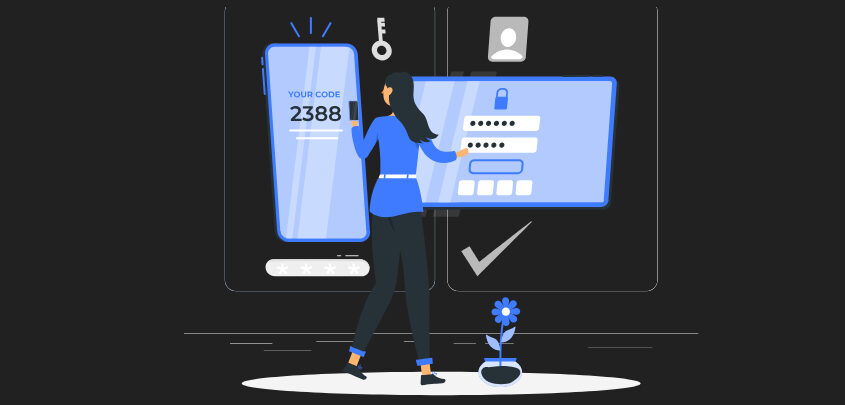
12, Jan, 2024
Securing Your Finances: Why Two-Factor Authentication is Non-Negotiable
In an era where our financial lives seamlessly intertwine with the digital realm, the need for robust security measures is more critical than ever. As we conduct an increasing amount of financial transactions online, the vulnerability of our financial information becomes a pressing concern. Enter Two-Factor Authentication (2FA) – a non-negotiable guardian that stands between your finances and potential cyber threats. In this article, we unravel the paramount importance of 2FA in securing your hard-earned money.
The Digital Age and Financial Vulnerability:
The digitization of financial services has undeniably streamlined our lives. From online banking to e-commerce, the convenience is unparalleled. However, with this convenience comes an inherent risk – the risk of unauthorized access and potential financial loss. Passwords, the traditional gatekeepers of our digital identities, are no longer sufficient in the face of sophisticated cyber threats.
Why Relying Solely on Passwords is Risky:
Passwords, even the strongest ones, can be compromised through various means such as phishing, brute force attacks, or data breaches. Once your password is compromised, it’s akin to handing over the keys to your financial kingdom. This is where Two-Factor Authentication steps in as a formidable ally, adding an extra layer of defense to thwart potential intruders.
The Guardian Role of Two-Factor Authentication:
- Double the Protection:2FA requires two forms of identification – typically something you know (your password) and something you have (a mobile device or authentication app). This dual layer makes it exponentially harder for cybercriminals to gain unauthorized access.
- Mitigating Password Vulnerabilities:
Even if your password is leaked or stolen, the second factor required for authentication acts as a failsafe. This mitigates the impact of compromised passwords, offering a safety net for your financial accounts.
- Real-Time Account Monitoring:
With 2FA, you receive instant alerts or codes on your mobile device, allowing you to monitor account activities in real time. Any suspicious login attempts trigger immediate notifications, enabling you to take swift action.
Concrete Examples of 2FA in Action:
Consider a scenario where a cybercriminal gains access to your banking password through a phishing attack. Without 2FA, they could potentially wreak havoc on your finances. However, if 2FA is enabled, the criminal would still need the second factor – be it a code sent to your phone or generated by an authentication app. This additional step serves as an impregnable barrier, preventing unauthorized access even with the correct password.
Tips for Implementing 2FA in Your Financial Life:
- Enable 2FA Across Financial Platforms:
From banking apps to investment platforms, ensure that 2FA is activated wherever possible
- Protect Backup Codes:
Many services provide backup codes in case you lose access to your primary 2FA method. Store these codes securely, preferably offline.
- Educate Yourself About Phishing:
Be vigilant against phishing attempts. Cybercriminals often try to trick users into revealing both passwords and 2FA codes simultaneously.
Conclusion:
In the digital age, safeguarding your finances is a responsibility that extends beyond traditional security practices. Two-factor authentication is the shield that stands between your hard-earned money and the ever-evolving landscape of cyber threats. It’s not an option; it’s a necessity. By embracing 2FA in your financial transactions, you’re not just securing your accounts – you’re taking an active stance in fortifying the integrity of your financial future.
